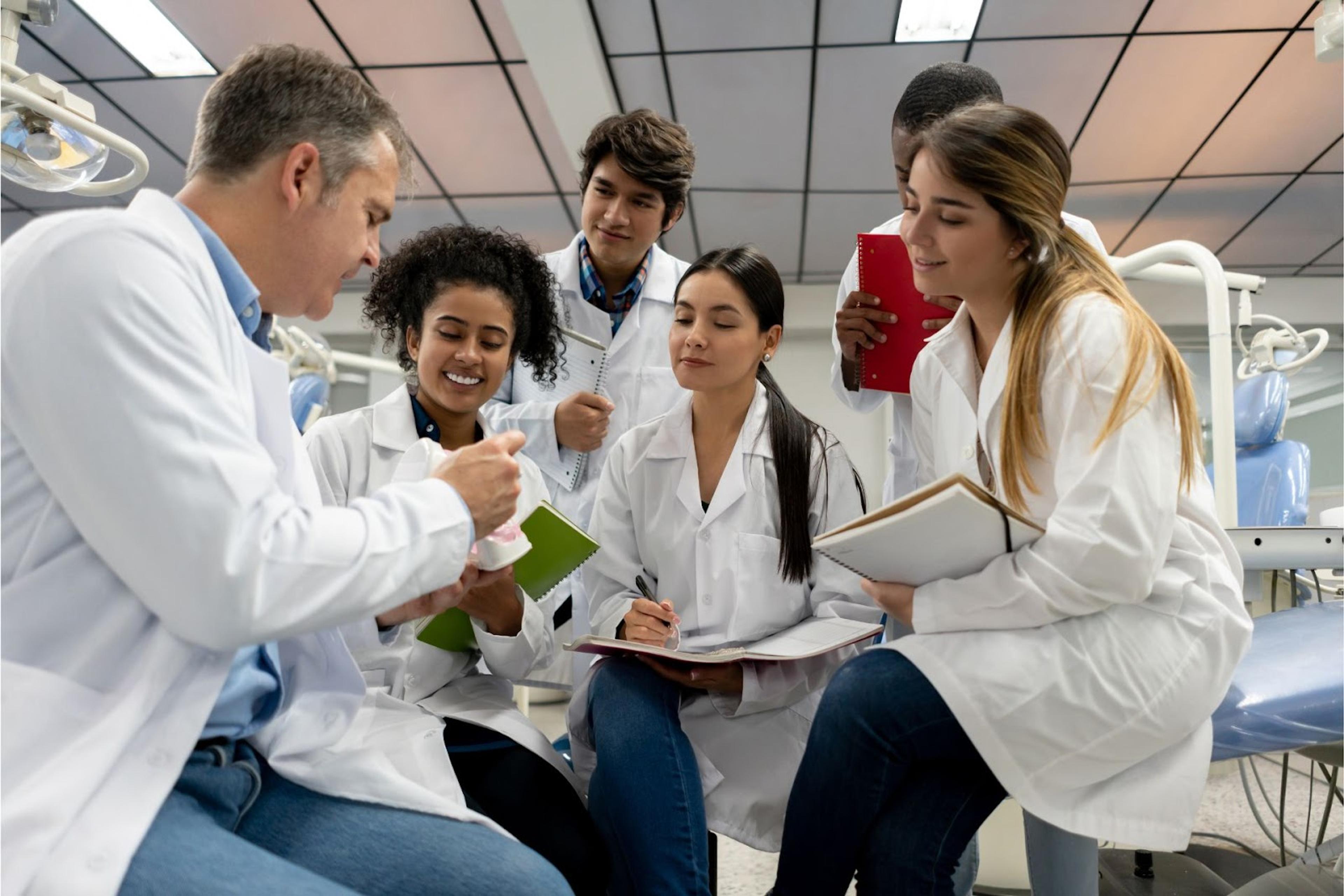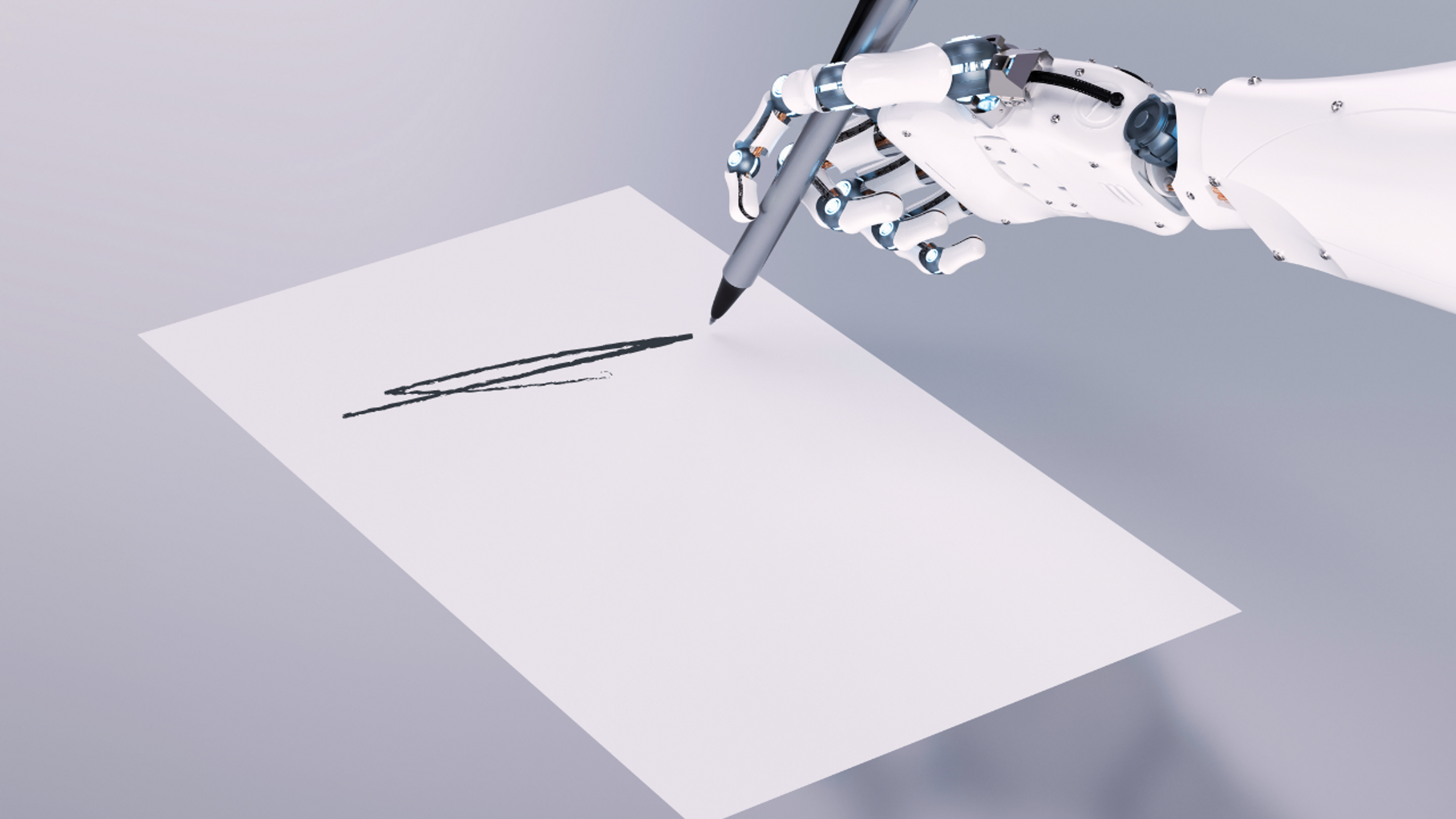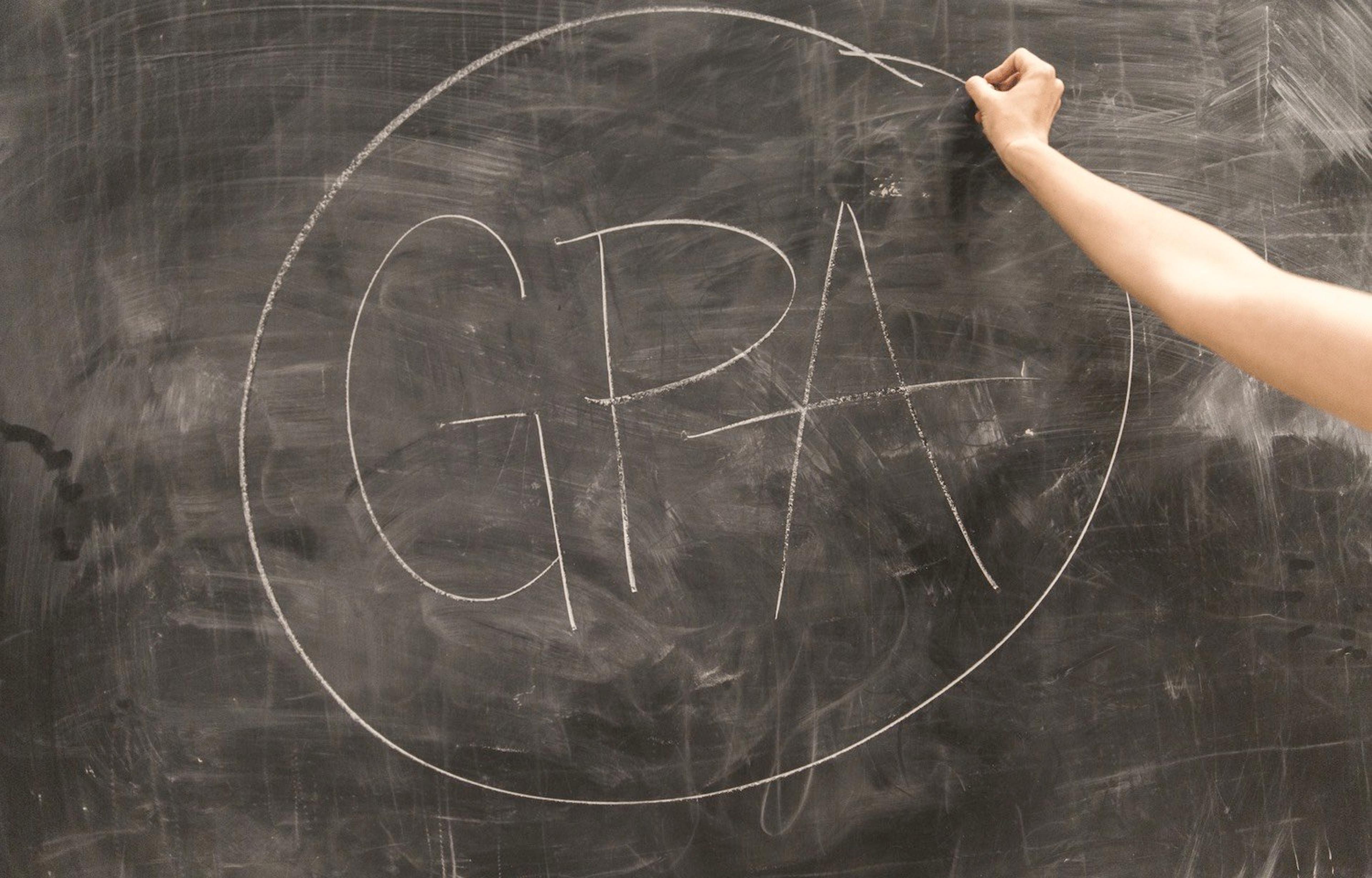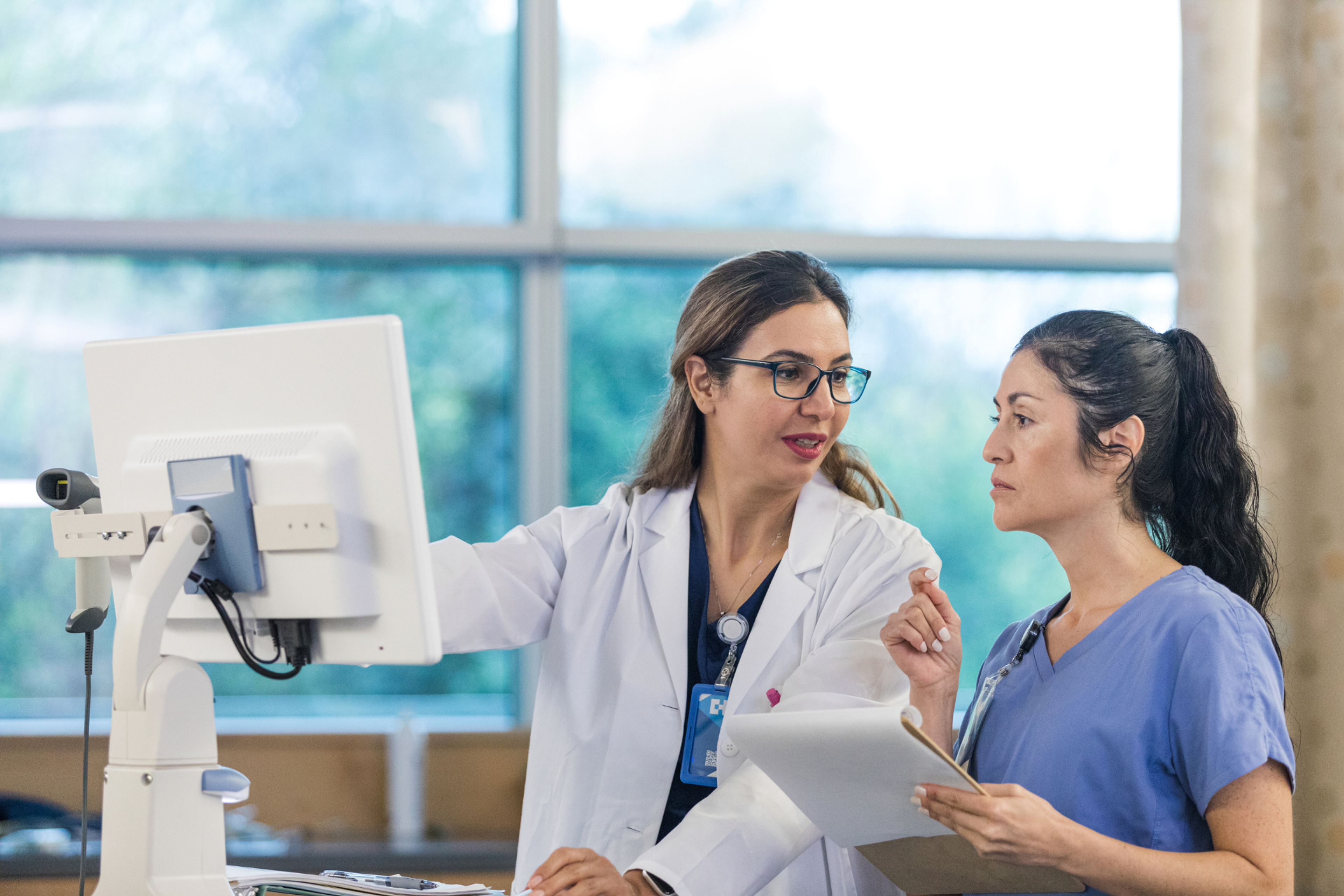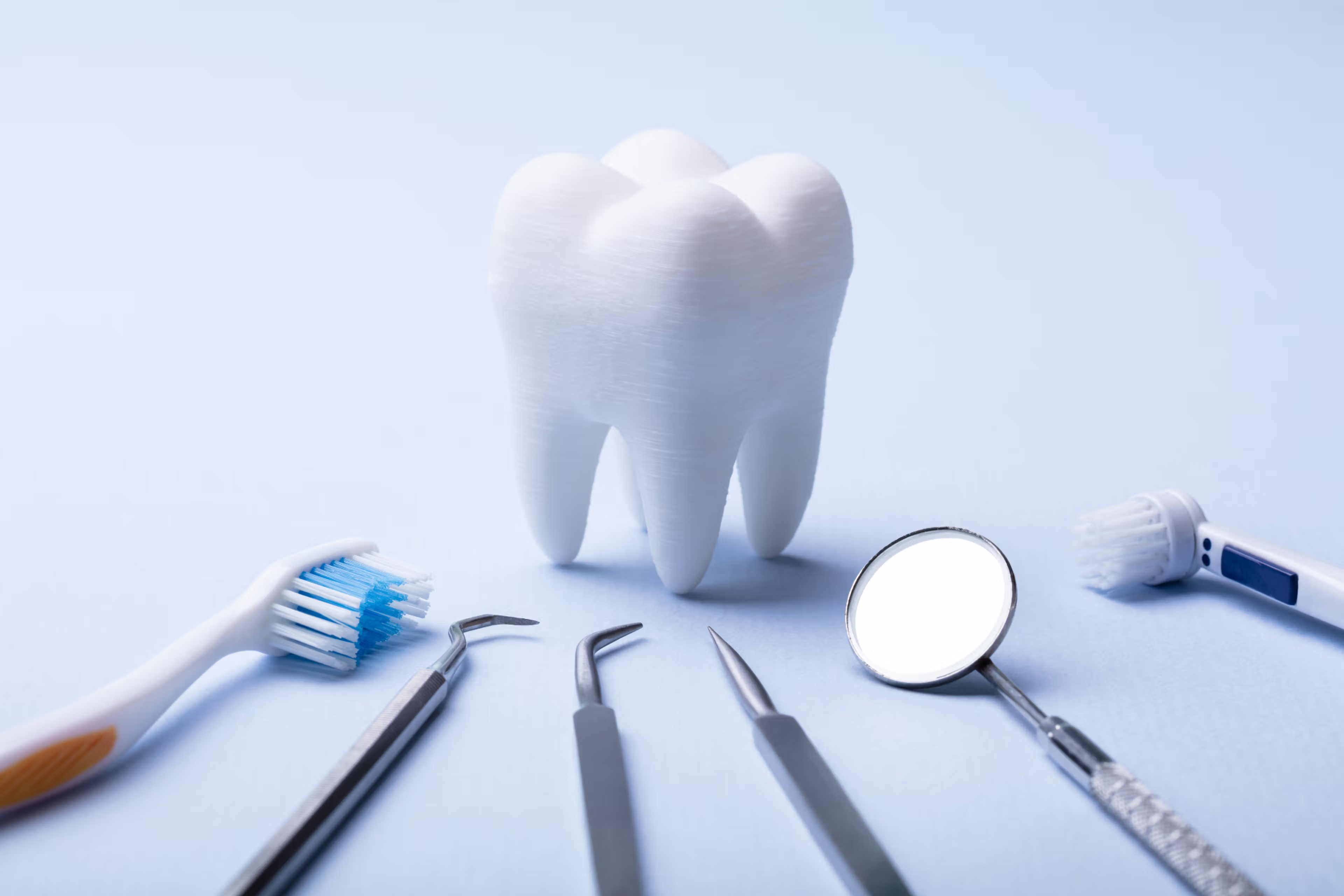The 5 Most Popular Dental School Trends
Discover the latest dental school trends that are taking the industry by storm! From cutting-edge technology to innovative teaching methods, this article explores the top 5 trends that are shaping the future of dental education.
Posted March 6, 2025

Table of Contents
Dental education has witnessed significant advancements over the years, as schools continue to innovate and adapt to the ever-changing needs of the industry. Today, we explore the five most popular dental school trends that are taking the academic world by storm.
1. Why Dental Schools are Emphasizing Technological Advancements
As technology evolves, dental care is becoming increasingly sophisticated, and dental schools are recognizing the need to incorporate the latest advancements into their curricula. From dental CAD/CAM software to 3D printing and digital imaging, new technologies are revolutionizing the way that students learn about dental procedures.
By embracing these changes, dental schools are giving students the opportunity to learn and practice using state-of-the-art equipment. This ensures that graduates are well-prepared to enter the workforce and provide patients with the highest quality of care.
Moreover, technological advancements in dentistry have also led to the development of new treatment options that are less invasive and more effective. For instance, laser dentistry has become increasingly popular in recent years, as it allows for precise and painless treatment of various dental conditions.
Additionally, digital dentistry has made it possible to create highly accurate and customized dental restorations, such as crowns and bridges, in a fraction of the time it would take using traditional methods. This not only improves patient outcomes but also increases efficiency in dental practices.
2. The Growing Importance of Interdisciplinary Training in Dental School
Dental professionals often work alongside other healthcare providers to ensure that patients receive holistic care. Recognizing this, many dental schools are now incorporating interdisciplinary training into their curricula.
Interdisciplinary training involves collaboration between different healthcare professionals to provide comprehensive care for patients. Dental students are now receiving hands-on experience working with physicians, nurses, and other healthcare professionals, enabling them to take a more comprehensive approach to patient care and better understand the role of dentistry in a larger healthcare context.
Moreover, interdisciplinary training also helps dental students to develop better communication skills, as they learn to effectively communicate with other healthcare professionals and patients from diverse backgrounds. This is particularly important in today's globalized world, where patients come from different cultures and speak different languages.
Furthermore, interdisciplinary training also prepares dental students to work in a variety of settings, such as hospitals, community health centers, and private practices. This versatility is essential in today's rapidly changing healthcare landscape, where dental professionals need to be adaptable and able to work in different environments.
3. The Rise of Simulation-Based Learning in Dental Education
Simulation-based learning has become increasingly popular in dental education in recent years. Using advanced technology, simulation labs provide students with a safe environment to practice procedures and gain hands-on experience without the risks associated with working on real patients.
Simulations enable students to learn at their own pace, make mistakes and learn from them, and ultimately perfect their skills in a controlled environment. Schools are investing in state-of-the-art simulation software and equipment to improve the quality of hands-on dental training and ensure that graduates are competent and confident when they enter the workforce.
Moreover, simulation-based learning has also proven to be cost-effective for dental schools. Traditional clinical training requires a significant amount of resources, including faculty time, patient recruitment, and materials. Simulation labs, on the other hand, can accommodate a larger number of students at once, reducing the need for individual supervision and increasing efficiency. This allows schools to allocate their resources more effectively and provide a higher quality of education to their students.
4. Analyzing the Impact of Social Media on Dental Education
Social media has changed the way that people consume information, and dental schools are recognizing its potential to improve patient education and communication. Many schools are now incorporating social media into their curricula, teaching students how to effectively communicate with patients using platforms like Facebook, Instagram, and Twitter.
By embracing social media, dental schools are teaching students how to create engaging content, interact with patients, and build communities around dental health. These skills are essential for modern dental professionals who need to connect with patients on an ongoing basis and build long-term relationships.
Furthermore, social media has also opened up new opportunities for dental professionals to market their services and reach a wider audience. With the help of social media platforms, dental practices can create targeted advertising campaigns, share patient testimonials, and showcase their expertise in the field. This not only helps to attract new patients but also helps to establish the practice as a trusted and reliable source of dental care.
5. The Top Soft Skills Dental Students Need to Succeed in the Modern World
Finally, dental schools are recognizing the importance of soft skills in the modern world. In addition to technical expertise, dental students need to be able to communicate effectively, work as part of a team, and manage their time effectively.
Dental schools are now incorporating courses on communication, teamwork, leadership, and time management into their curricula, ensuring that students can meet the diverse demands of the modern dental profession.
Moreover, dental students also need to develop their critical thinking and problem-solving skills. They must be able to analyze complex situations, identify potential issues, and come up with effective solutions. Critical thinking and problem-solving skills are essential in the dental profession, as they enable dentists to make informed decisions and provide the best possible care to their patients.
Conclusion
These are just five of the many exciting trends we're seeing in dental education today. By embracing new technologies and approaches, dental schools are preparing students for the challenges and opportunities that lie ahead. Dentistry is an ever-evolving discipline, and dental educators are leading the way in preparing the next generation of dental professionals for the future.
One of the most significant trends in dental education is the increasing emphasis on interprofessional collaboration. Dental professionals are now working more closely with other healthcare providers, such as physicians, nurses, and pharmacists, to provide comprehensive care to patients. This collaboration helps to improve patient outcomes and ensures that dental professionals are working as part of a larger healthcare team.
Another trend in dental education is the growing focus on cultural competency. Dental schools are recognizing the importance of understanding and respecting the cultural backgrounds of their patients. By teaching students about cultural differences and how to communicate effectively with patients from diverse backgrounds, dental schools are helping to ensure that all patients receive high-quality care.



